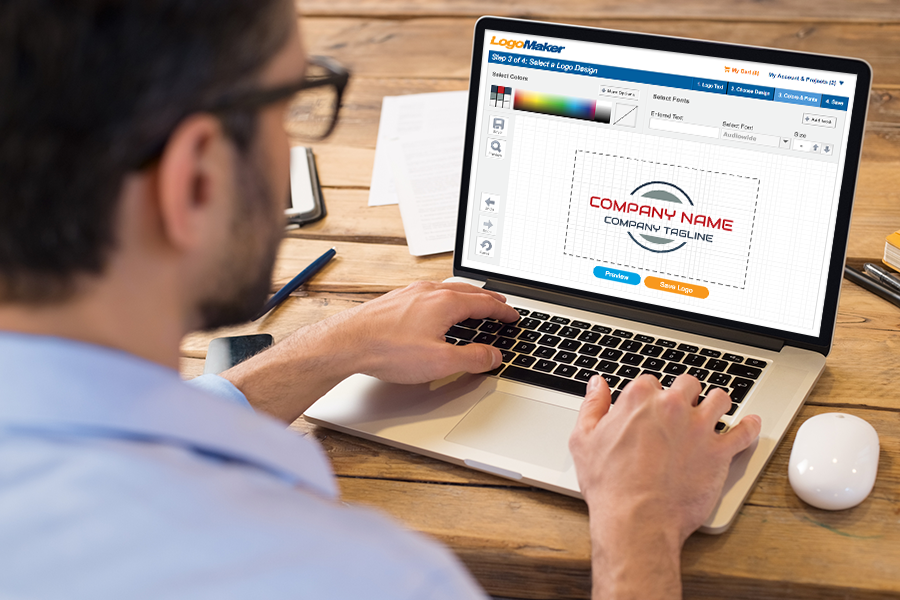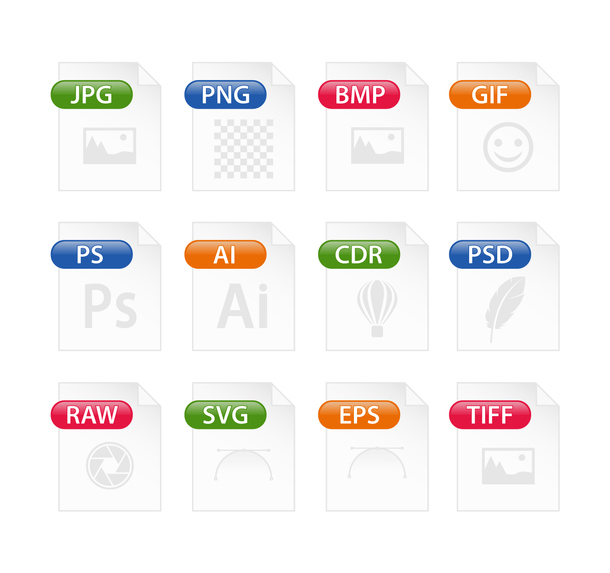Physical Address
304 North Cardinal St.
Dorchester Center, MA 02124

For such tiny assets, logos sure play a significant role in your social presence as a brand. People see your logo wherever they engage with your business. On TV and computer screens. Store merchandise. Signs and billboards. Digital apps. T-shirts. Print ads.
Blurry logo images do nothing for your brand, but they can undoubtedly tarnish it. Low-quality visuals tell your customers one thing. You don’t care about building a professional reputation for your business.
When you design a logo, it has to look crisp and professional everywhere you use it. But it’s not practical to just create one image file and display it on all your media channels. Depending on the file type, your logo can lose resolution as you resize it. Scaling up or down will cause fuzzy, unrefined edges and poorly blended color.
So, what can you do to avoid these quality issues? Save your image in multiple file formats, using separate versions for everyday projects and graphics editing. That way, you can easily choose the best logo size for different applications.

To get your logo graphics just right, you have to understand which file formats are prone to resolution issues. The two most common image types are raster and vector graphics.
Raster graphics are bound to their dimensions. The more you resize them, the more you damage the image resolution. JPG, PNG, and GIF are raster file formats, and they’re frequently used for online applications.
Because vectors are formulaic, the relative positions of the points and paths never change. That means you can rescale vectors as much as you want without losing resolution. AI, EPS, SVG, and vectorized PDF files all fall into this category. Vector formats are perfect for editing since you can make changes while maintaining the high quality of the original design.
Raster graphics are the universal standard for online media. Website logos are used at smaller sizes and measured in pixels (px). The file formatting is more straightforward than a vector, so pixels are easy to render on a variety of digital software and websites.
If you size your logo to tightly fit the specifications for each website, you won’t have to worry about pixelation. In most cases, you should use a PNG file with a transparent background. That way, you can place your logo over other page elements. Only the visible parts of your design will show up over the website background.
Business Websites
Every graphic has unique dimensions, so the ideal logo size will differ from one brandmark to the next. While social media sites have recommended sizing, your website logo size depends on the homepage layout.
Think about where you plan to place the logo on your website, such as the header. Will your logo be displayed in the top left corner? In the top center of the page? Above the navigation bar? How much vertical and horizontal space do you have in your header.
Keep in mind, the website logo size will affect the dimensions of surrounding elements in your template. You will most likely have to do a few trial runs to find a size that works. Here are a few tips.
Social Media
Social media sites change their logo sizing guidelines on a regular basis, so always look for the most up-to-date information. Here are a few familiar sites where you can use your logo to promote your business.
Print Media
When you buy promotional products, you’re usually working with professional printers who will tweak the logo size to get it right. Print media uses a different color system than digital media and a much larger print dimensions.
In most cases, printers will quote your options in inches. Let’s say you want company shirts printed. You might have a maximum printing area of 14 inches wide for a sizeable centered design on a T-shirt or 2 to 3 inches wide for a small logo on a polo shirt.
Printing businesses rely on vectors to scale logo designs to any size. You can make this process easier by providing the vector files upfront. But if you don’t have them or you’re using a self-service logo maker online, just use the largest raster file you have. Professional printers can convert raster graphics to vector and still achieve a high-quality image.
The ideal logo size depends on your design and where you plan to use it. The most important thing is to have a consistent, professional look that reminds people of your business. If you’re investing time and money into a great logo design, don’t ruin your hard work with low-quality graphics.